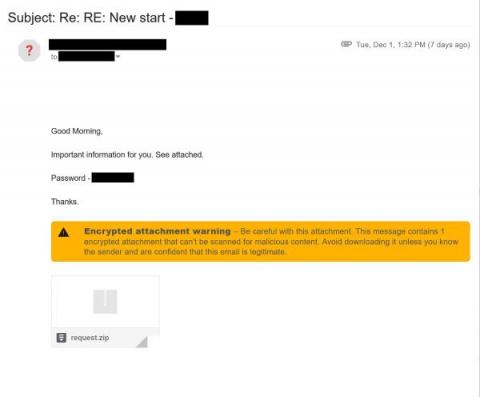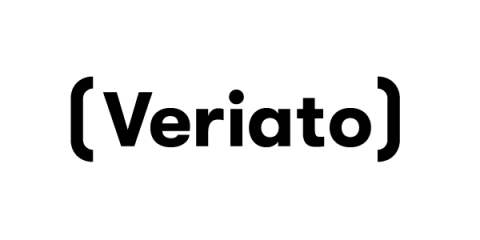Deobfuscating a Malicious Word Document
Visual Basic (VB) and its derivatives - VBA and VBScript - are common attack vectors when targeting Windows systems. These languages allow users and attackers alike to complete security-sensitive tasks such as accessing the internet, running command-line instructions and editing the Registry.











